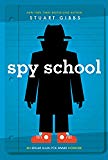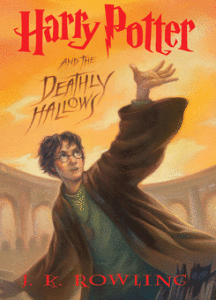The appropriate pacing for a novel depends on the audience, genre and plot type. A literary novel aimed at educated women will likely be slower paced than a midgrade novel targeted at elementary school boys. If the pacing is too slow for its audience, the reader may wonder if anything will ever happen. If the pacing is too fast, the reader may fail to connect with the protagonist or feel exhausted by the relentless tempo.
Most authors vary the pacing because the reader relishes both excitement and contemplative moments. I’ve been thinking about how writers speed things up and then slow them down. The pacing often decreases with backstory, internal monologue and description. Pacing tends to increase with action. Dialogue can increase or decrease the pace, depending how it’s used.
In J.K. Rowling’s Harry Potter and the Deathly Hallows, the pacing ebbs and flows. In one fast-paced sequence, Harry, Ron and Hermione break into the wizarding bank then escape from authorities on the back of a dragon. The action continues when they transport themselves into a passel of enemies and are rescued by a mysterious character. Before the final extended battle begins, Rowling inserts a slower interlude in which Harry (and the reader) learn essential backstory.
Spy School by Stuart Gibbs is an example of a fast-paced novel. Gibbs almost always makes more than one thing happen at once. For example, Ben Ripley arrives for his first day at spy school in the midst of an attack. His campus tour occurs during a barrage of gunfire. That scene description won’t be skipped by young boys reading this book.
What books do you think did a great job with pacing?


